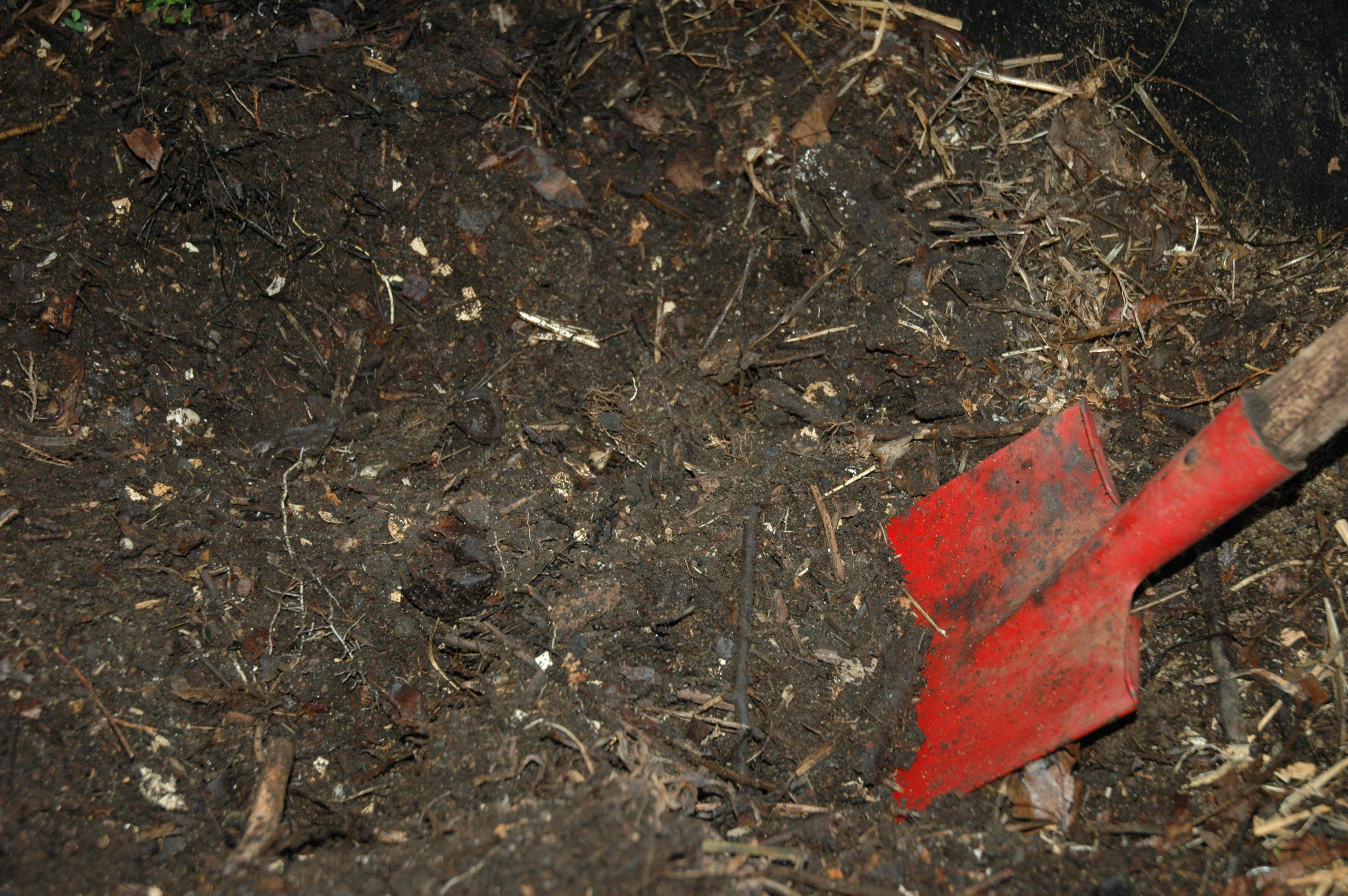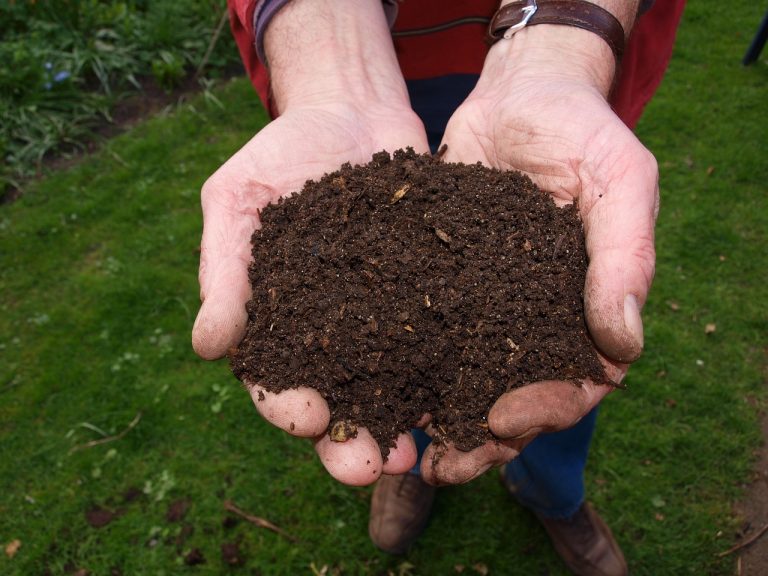Compost is great for the garden — there’s no question about that. What is questionable, is spending heaps of money for a small bag of it when you could, instead, be getting heaps of compost for next to nothing.
Whether you live on a vast estate or in a small apartment, you generate waste, and a lot of that waste can be composted. Any organic matter will eventually decompose, but with a little help, you can speed up the process. Many people buy expensive compost accelerators for this purpose, without realizing you can make your own with a few simple ingredients.
Here we are going to learn how to make a simple and effective compost accelerator. Like the compost itself, there is a basic formula for essential components, which can be provided by a variety of different ingredients. You probably already have something that fits into each category, so let’s get started!
Essential components of a compost accelerator

Beneficial bacteria
The real workhorses in any compost pile are tiny microbes, consisting of various bacteria and fungi which consume, degrade, and transform organic material at three different levels. Most of the activity takes place in the mesophilic stage, where simple compounds are broken down, thereby elevating the temperature naturally.
This leads to the thermophilic phase, where heat-hardy microbes go to work on the more fibrous matter, reducing the organic carbon and the overall mass of the compost. When this is finished, the compost enters a cooling phase.
Success
You are now signed up for our newsletter
Success
Check your email to complete sign up
Here, the mesophilic bacteria take over again to degrade any remaining sugars. Even in the winter, when the temperature drops below freezing, there are cold-hardy bacteria (psychrophiles) that keep your compost alive.
Where do all these beneficial bacteria come from? They are found in abundance in nature. A scoop of humus from the forest floor, a shovel-full of mature compost, or even some well-balanced, living soil from a chemical-free garden will provide the full range of these little laborers.
Sugar
In order to promote the proliferation of your beneficial bacteria, you’ll need to provide a food source in the form of sugar. Blackstrap molasses is an excellent choice, as it not only provides natural sugars and trace minerals, but also acts as a chelator — binding with nutrients so they are easily absorbed.
Alternative sugar sources could be a sugar-sweetened soft drink, fruit juice, tomato ketchup, or just plain sugar.
Many swear by adding a can of beer to compost accelerators, with dubious reasoning.
- Some suggest that it provides beneficial microbes, but brewers’ yeast is designed to ferment rather than decompose. Besides that, the yeast is typically filtered out of commercial beers.
- Although beer has plenty of calories, it is very low in sugar, so it does not provide much in the way of food.
- Beer is also a poor source of nitrogen — the third essential ingredient in a compost accelerator.
Nitrogen
If you keep a compost pile, you might already understand the importance of keeping a balance of carbon and nitrogen (also called the browns and the greens) in your composting materials.
While carbon (dry leaves, bedding materials, wood fragments, etc.) makes up the bulk of the mass, nitrogen (kitchen waste, fresh vegetation, manure, etc.) is like a building block — providing the amino acids, enzymes, nucleic acids and proteins necessary for cell growth and function in a healthy, living compost.
Adding nitrogen in liquid form (such as a compost accelerator) allows it to cover a large surface area and thus boost activity throughout the pile. A quick and easy source of nitrogen is ammonia.

There are many alternative sources for nitrogen, however, depending on what you have available and what you are comfortable with. Other natural materials that are rich in nitrogen for your compost accelerator include:
- Manure from livestock — like horses, chickens, goats, cows, etc. (but not cats and dogs)
- Coffee grounds and used tea bags
- Fresh grass clippings
- Plants like comfrey and nettles
- Dirty aquarium water
- Human urine
Brewing a compost accelerator
Once you’ve determined what to use for your three essential components, combine them in a five gallon bucket with a few gallons of water.

Ratios will vary depending on the concentration of the material; but for reference, you can figure:
- three gallons of water
- one shovelful of mature compost
- a half cup of molasses
- a half cup of ammonia
If you are using a solid source of nitrogen, it will need some time to dissolve (or rot, in the case of fresh plant material) in the water.
Once everything is broken down and the components are available in solution, allow the microbes to feed and multiply for up to 48 hours. If you want to get a little sophisticated, you can aerate the brew with a small water pump.
Using your compost accelerator

In applying your liquid compost accelerator, the key is to get it well distributed. Many methods will work:
- Use a sprayer to mist the components as you add them to a compost pile in progress.
- Use a watering can to moisten an existing compost heap
- Pour the liquid into a few spots and then give the pile a thorough mixing.
Don’t forget the basics
Just like any health supplement works better with a balanced diet and exercise, a compost accelerator will be most effective in a compost that is well-cared-for.
Keep your compost moist, but not wet. Provide plenty of dry organic matter (carbon) with fresh waste turned in regularly. Break large debris into smaller pieces to facilitate their decomposition.
Provide some sort of cover — such as a plastic lid, an old blanket, or even a layer of garden soil. This will act like the skin on a living organism to help maintain a stable environment inside, providing some protection from both heat and cold, while regulating the important, but delicate balance in moisture.
When one compost pile is full, give it a dose of compost accelerator and good turn, then turn your attention to a new heap while that one matures.







